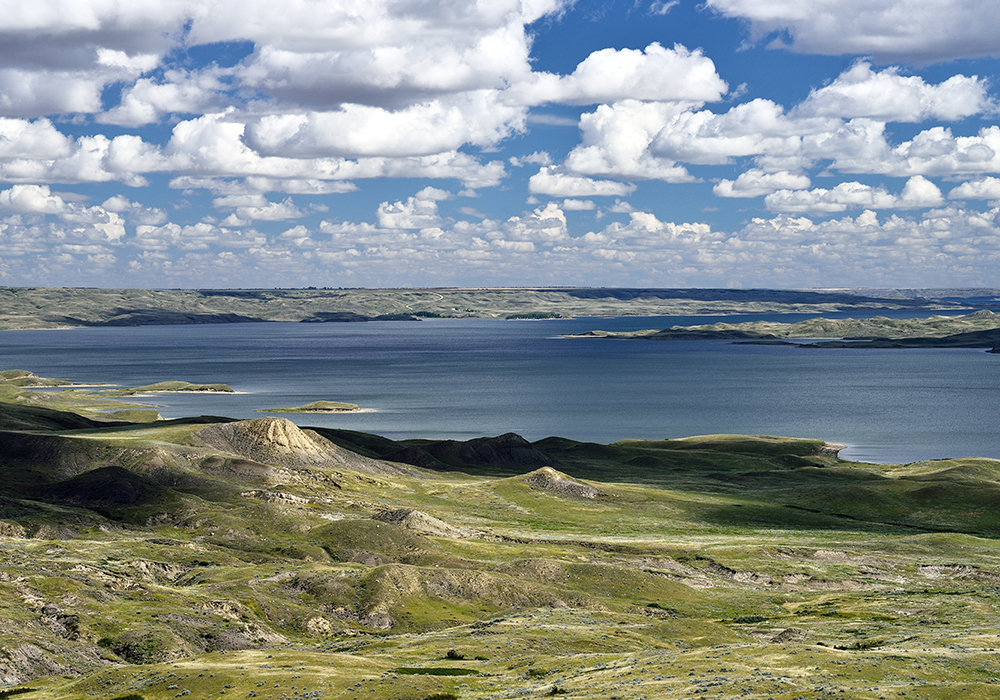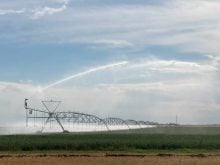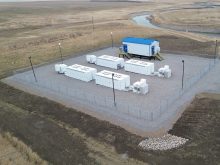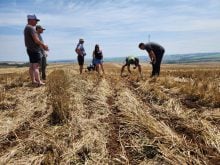Pumping capacity from Lake Diefenbaker was restored along Saskatchewan’s main irrigation canal last week after mechanical issues at the Eastside pumping station.
Irrigators agreed to not water their crops from about July 7-10, leaving at least 48,000 acres without water, so that the Water Security Agency could fix the problem.
Steve Primrose, chair of the South Saskatchewan River Irrigation District, said it was a stressful couple of weeks but he praised WSA for its response.
“They got the big pump running finally. We should be good for the rest of the season,” he said July 14, adding the crops weren’t quite at the critical time in terms of the need for water.
Read Also

University of Saskatchewan experts helping ‘herders’ in Mongolia
The Canadian government and the University of Saskatchewan are part of a $10 million project trying to help Mongolian farmers modernize their practices.
Some potato crops may have been affected but Saskatchewan Irrigation Projects Association chair Aaron Gray said he hadn’t yet heard of any significant concerns.
Both he and Primrose said all irrigators from SSRID and the Saskatoon South East Water Supply canal system agreed to the hold on watering, which cut use by 25 percent and allowed the system to catch up.
The SSRID is the province’s largest irrigation district. The SSEWS is an extensive system that supplies water to irrigators, communities, potash mines and Blackstrap Lake.
Primrose said water supplies weren’t yet building but supplementary pumps were just beginning to operate. Flows along the M1 canal are increasing, although the Broderick Reservoir remains at low levels.
There are no concerns about lake levels, according to the WSA, which described them as sufficient.
There are four pumps at the Eastside station but not all were working.
“Electrical substation limitations meant that we were unable to bring all four pumps into service, but working with SaskPower and Shermco we have been able to increase load capacity to run all four pumps at once,” the WSA said in an email.
The agency said it will continue to monitor the situation to make sure there is adequate water.
Primrose said there have been problems on and off with the large pump that caused the recent issues. An electrical fire the week before didn’t help.
He said it may have been caused by lightning but something caused the system to short and shut down.
“When you shut down the system at one end but water is still going out the other end, it doesn’t take very long to put you behind the eight ball,” Primrose said.
That was on the Canada Day long weekend and he also commended SaskPower workers for their response to get the system running again.
Most irrigators had been watering up until the breakdown. Lower temperatures for several days helped reduce demand more recently but as crop stages move ahead, the need for water will increase again.
Primrose grows hay, canola and barley under irrigation for his feedlot business.
He said those who grow potatoes and vegetables require more daily water than some other crops.
He also said that in the last few years rain has helped fill the reservoir but this year precipitation has been scarce.
The irrigated crops look great, he said, but dryland crops are not good at all.
Gray agreed.
“I’m an irrigator myself but the amount that I irrigate compared to my dryland is minuscule. I got lots of crop failure out there,” he said.
















